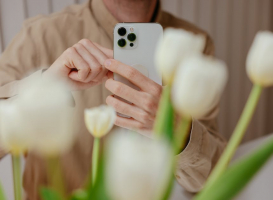Top 10 Ways to Close Your Presentation With Style
Every presentation requires a strong beginning, middle, and conclusion. In this guide, we will concentrate on writing the ideal conclusion. Though there are ... read more...numerous methods to conclude a presentation, the most effective strategies focus on leaving an impact on your audience and reaffirming your objectives. So, in this post, we'll look at three successful methods to close a presentation.
-
Most presenters either make an argument (i.e., they want to persuade their audience to accept their point of view) or give fresh or fascinating information (i.e. they want to educate their audience). In either scenario, the presentation will most likely include crucial information and figures. The conclusion provides you with the opportunity to emphasize the most significant information to your audience.
This does not suggest that you should just repeat everything from your presentation a second time. Instead, choose the most relevant sections of your presentation and succinctly summarize them.
This is comparable to what you may find in the final paragraph of an academic essay. If you're presenting a business proposal to potential investors, you might end with a description of your company and the reasons why your audience should invest in your idea.
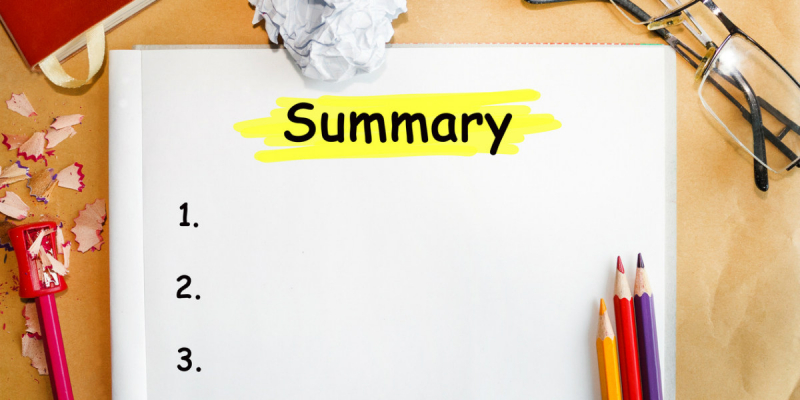
Summarize the key points (photo:iStock) 
Summarize the key points (photo:toastmasters.org) -
A common method is to end a presentation by reflecting on the opening message. It's a terrific approach to wrap up your message while also summarizing the entire speech and generating a sense of familiarity for the audience. Comedians excel at this when they connect an earlier joke to a later one.
This will alert the audience that you are nearing the end of your presentation. It completes the circle, bringing you back to where you started.
You can do this in a variety of ways:
- Set up a question during the introduction and answer it at the end of your speech.
- Finish a story that you started throughout your presentation. Use a story to demonstrate the main point.
- Give your presentation a memorable title, and then utilize it to end the speech.
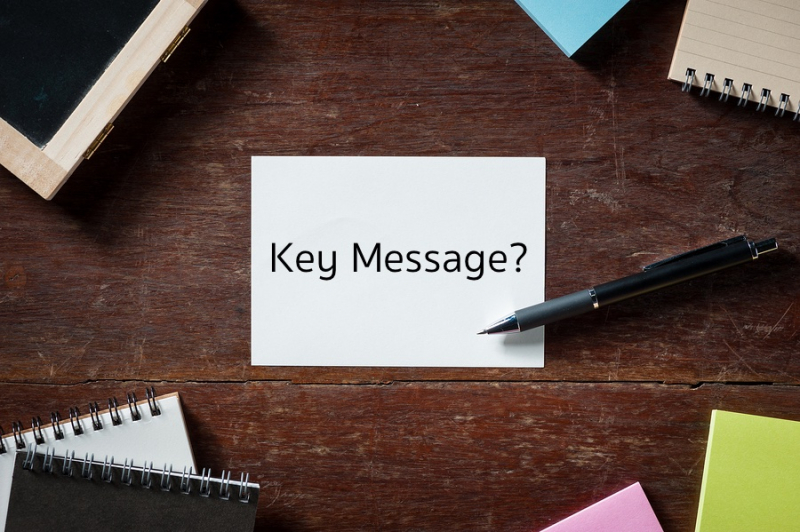
Echo the core message (photo:nuttaputch.com) 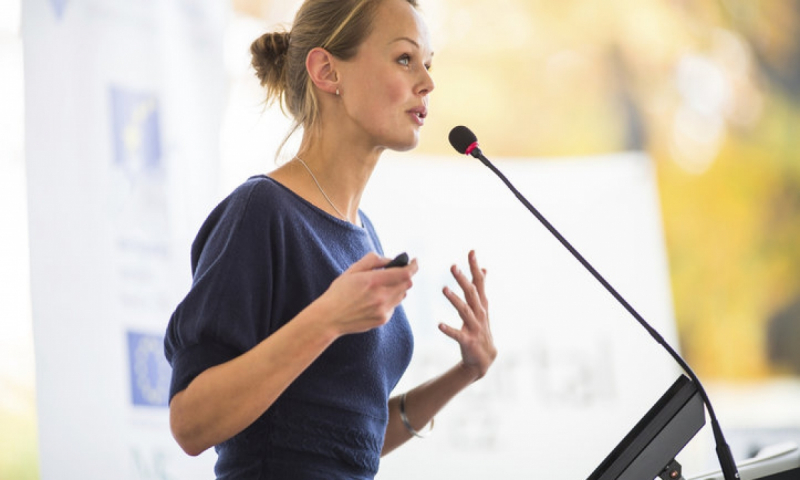
Echo the core message (photo:britishcouncil.org) -
One of the finest strategies to promote audience engagement (participation) in your presentation is to end with a Call-To-Action. A call to action (CTA) is simply a request or invitation to take action. This strategy is commonly employed in sales or marketing presentations, but it may be utilized in a variety of other circumstances as well.
Assume you're making a presentation on the importance of workplace hygiene. You may believe that a CTA is unnecessary because your purpose is to educate your audience.
Informational presentations, on the other hand, are ideal for CTAs. Rather than merely concluding your presentation, you might encourage your audience to seek additional knowledge on the issue from authorities. In this scenario, you could suggest that listeners learn more from a reputable medical body, such as the World Health Organization (WHO).
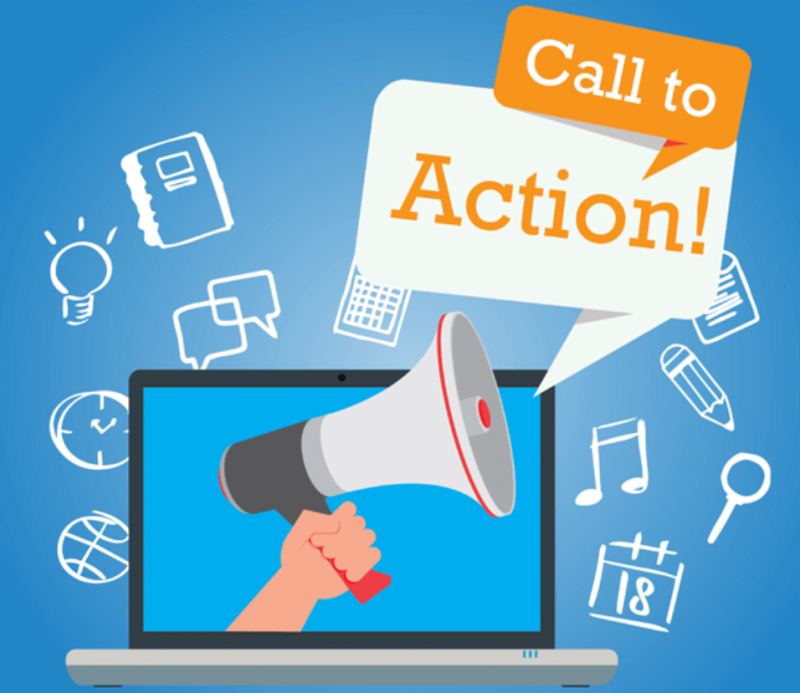
Present a call to action (photo:medium.com) 
Present a call to action (photo:forbes.com) -
Using quotes in your concluding statement may sound cliche, but it is both memorable and powerful. However, not any quote will suffice. Always be certain that your quote is related to the issue. If you're making an argument, you might wish to include a quote that emphasizes your main point, either directly or indirectly.
Assume you're giving a presentation about your company's mission statement. You might use a Powerpoint presentation to give the material, and your final slide could include an uplifting remark.
Quotes are beloved, and they give a pleasant conclusion. However, make sure that your quotation fits the tone and purpose of your speech.
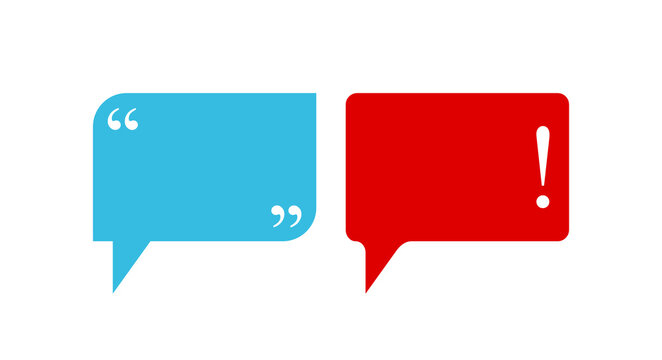
Use a powerful quote (photo:stock.adobe.com) 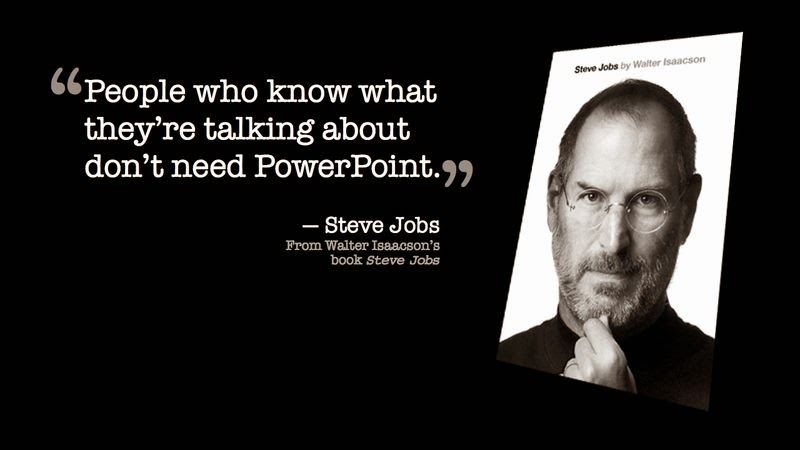
Use a powerful quote (photo:quotemaster.org) -
While it is not always advisable to leave your audience hanging, suspense can be a terrific method to create a memorable ending if used correctly. Finish with a question that they can ponder about after the presentation to keep them thinking about what you've said. Keep it relevant to your topic and utilize it to highlight a point you want to make.
View Scott Dinsmore's TEDx lecture, "How to Find and Do Work You Love." In his presentation, he talked about figuring out what is important to us and then doing it. In his conclusion, he asked the audience, "What is the work you can't do?"
This conclusion is also useful if you know you will be following up with a second presentation that will answer the question. Pose a thought-provoking topic, then indicate that you will answer it in your next presentation to give them something to look forward to.
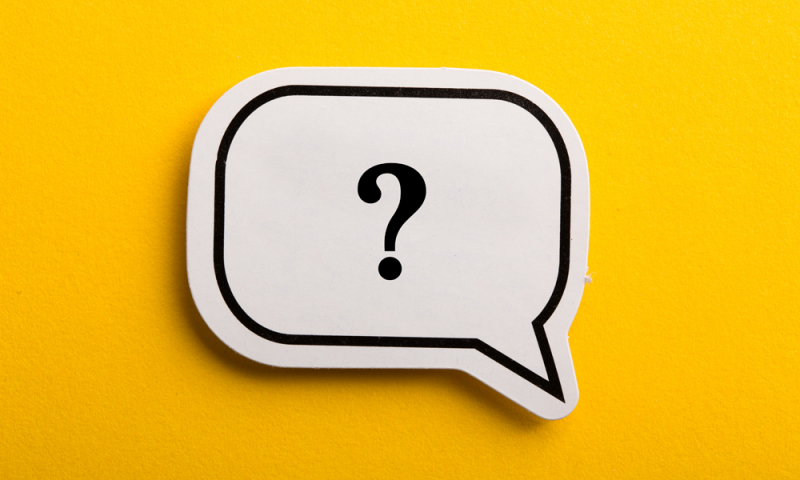
Ask a rhetorical question (photo:inmagazine.ca) 
Ask a rhetorical question (photo:themuse.com) -
Ending your presentation with a short tale, especially if it is personal or highlights how the knowledge delivered affects others, is the ideal approach to conclude.
This method may necessitate some additional planning, but it results in a tremendously relatable experience for your audience. After all, telling a story to your audience adds a personal touch that makes them feel more connected to you when you talk.
When you finish with a story, strive to keep it short. When you're trying to wrap things up, you don't want to start something that will be protracted and drawn out. To make this strategy truly compelling, select a narrative that is both personal and emotionally compelling. This has a greater influence on your viewers.

Tell a story (photo:uxplanet.org) 
Tell a story (photo:forbes.com) -
The human mind is immensely powerful when it comes to visual images. That is why, when you are providing your concluding remarks, it may be a good idea to show an image to your audience that pertains to your point.
While it may be easier to include this strategy if you are presenting a PowerPoint slideshow during your discussion, there are surely other ways to do so. Consider what kind of image relates to the aim of your discussion and would be useful for your audience to see before they leave. What will help cement your message in their minds?
You may use this method to communicate a time-sensitive message by displaying a running timer. The timer will emphasize your concluding statements and motivate your audience to act.
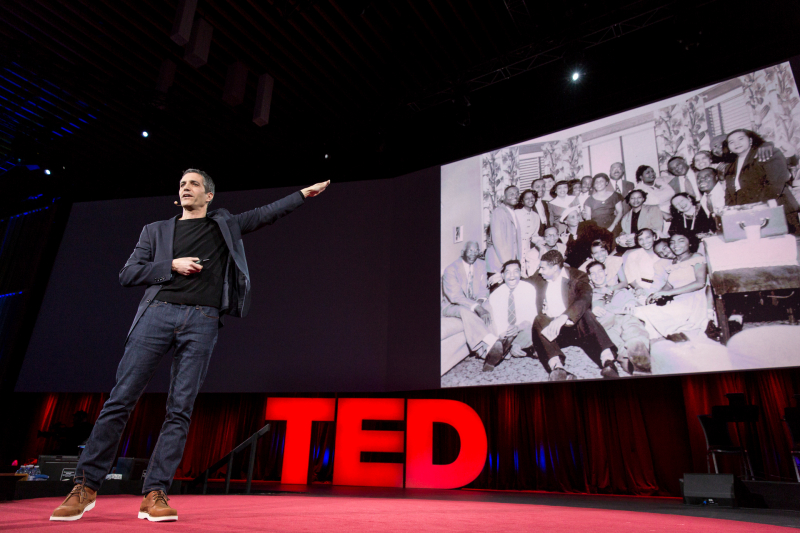
Give a visual image (photo:blog.ted.com) 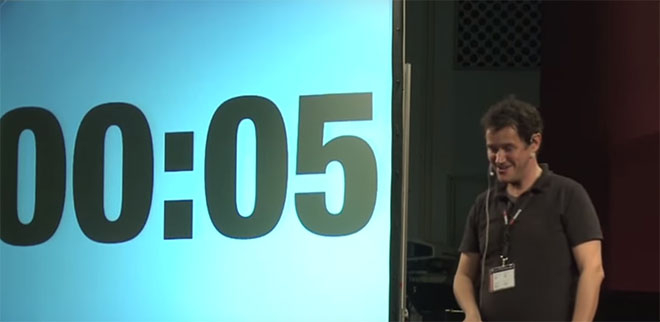
Give a visual image (photo:virtualspeech.com) -
Leaving a noteworthy message in front of an audience will impress and capture their attention. If you're stuck, you can use the power of three to solve your problem. Combining content into groups of three creates a more rhythmic and memorable experience for your viewers.
The rule of threes is a basic yet effective way of communication that we employ frequently in both written and verbal communication. The audience is more likely to remember information when it is presented in threes.
Here are some examples of how the power of three is used:
- "This is not the end. It is not even the beginning of the end. But it is, perhaps, the end of the beginning" - Winston Churchill
- "I came, I saw, I conquered" - Julius Caesar
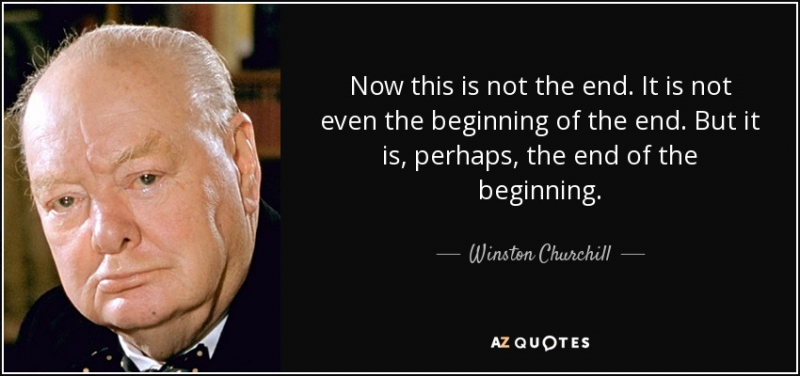
Use a short but powerful sentence (photo:azquotes.com) 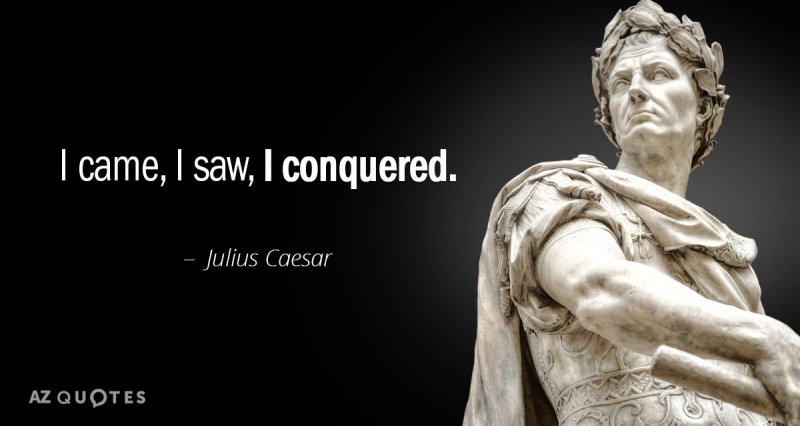
Use a short but powerful sentence (photo:azquotes.com) -
Perhaps you'd prefer to close your presentation with a joke rather than a tale or quote. Depending on your personality and the tone of the conversation, this may be the best strategy. If you are recognized for your amusing personality, or if your conversation is playful and friendly rather than professional and serious, this is an example of this.
Humor is an excellent method to demonstrate to your audience that you are attempting to connect with them on a personal and true level. It's also a fantastic feeling when everyone is smiling and laughing as they leave. After all, laughter causes the brain to release feel-good chemicals!
You should not choose a joke that is sexually inappropriate or culturally harmful to anyone. While jokes may be amusing to some of us in our personal lives, you should never utilize an insensitive joke during a presentation.
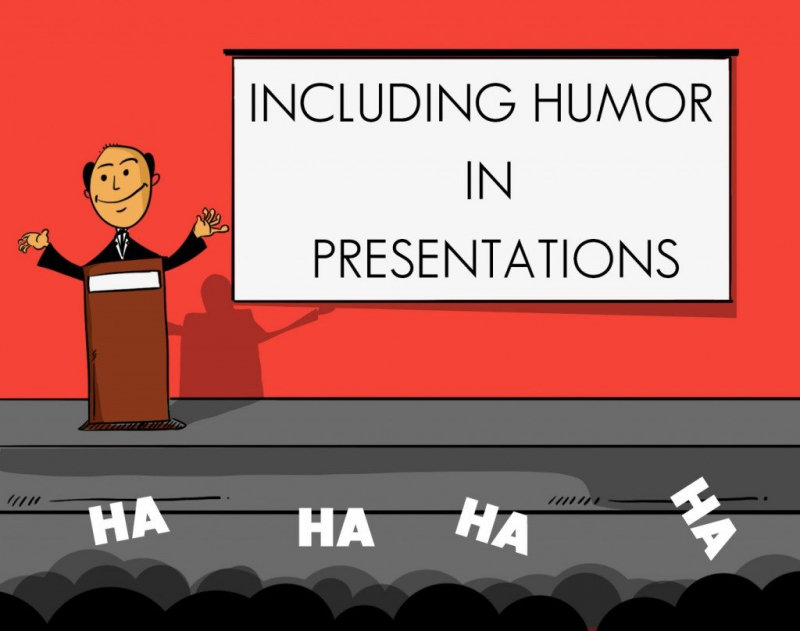
Make them laugh (photo:yourdost.com) 
Make them laugh (photo:presentation-guru.com) -
Not every speaker has a personal slogan to go with them. However, if you have one, you should probably think about employing it at your closure.
If you have a tagline that you use frequently, you should try utilizing it at the end of your speech. This helps to reinforce your message in the short term while also building your brand in the long run.
Bergells used the example of a sales manager who ended every sales presentation with the phrase "Sell value." Russell Wilson, the quarterback of the Seattle Seahawks, always closes his interviews with "Go Hawks."
This will help to establish your brand and reinforce your message over time.
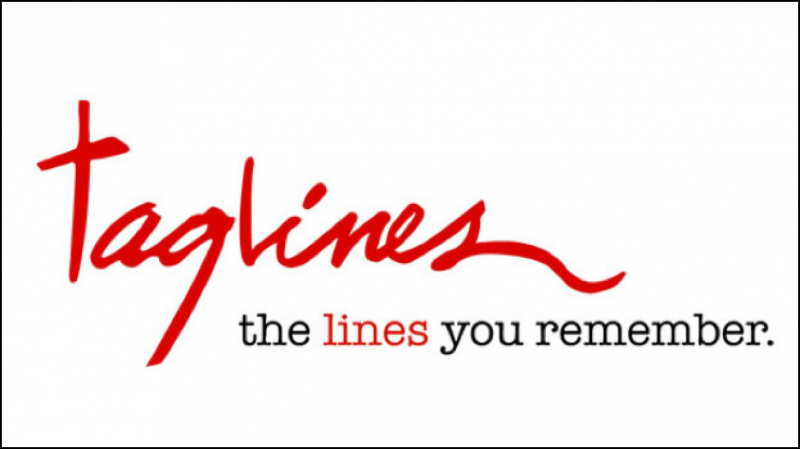
A personal tagline (photo:ahotechshop.com) 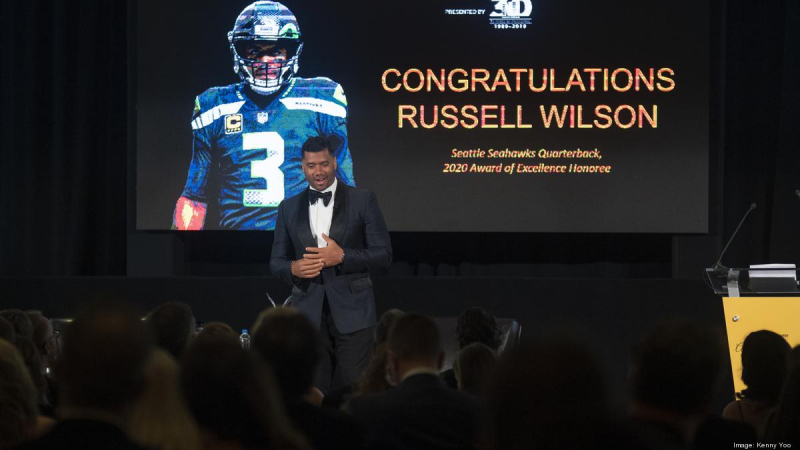
A personal tagline (photo:bizjournals.com)





















